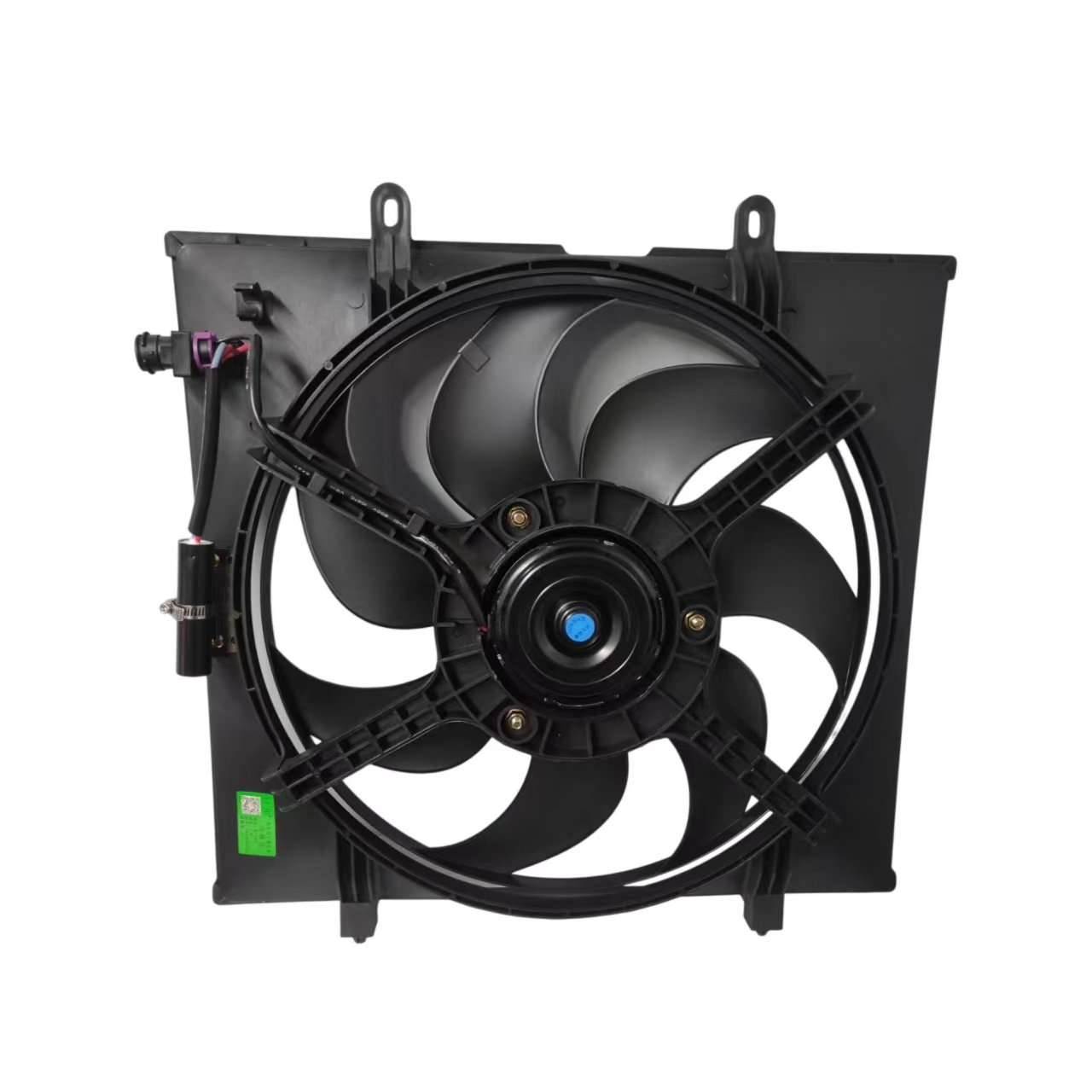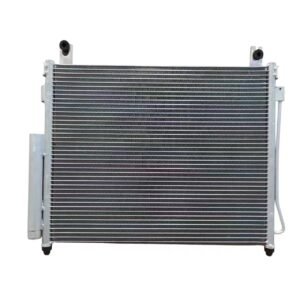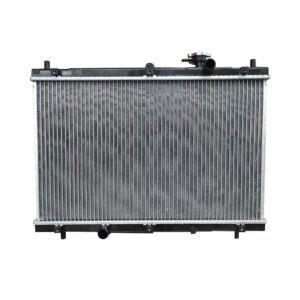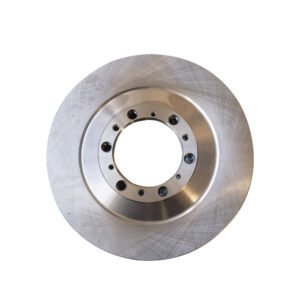Key Features:
1. Efficiency: Electric fans consume power only when needed, reducing engine load and improving fuel efficiency.
2. Precision Control: They are often controlled by thermostats or engine control units (ECUs), ensuring optimal cooling based on real-time temperature data.
3. Compact Design: Electric fans are typically more compact, allowing for flexible installation and better space utilization in the engine bay.
4. Reduced Noise: They operate more quietly compared to mechanical fans, enhancing driving comfort.
Applications:
– Primary Cooling: Used as the main cooling fan in many vehicles, especially in front-wheel-drive configurations.
– Auxiliary Cooling: In some high-performance or heavy-duty vehicles, electric fans serve as supplementary cooling systems.
– Air Conditioning: They also assist in cooling the condenser for the air conditioning system, ensuring efficient operation.
Advantages:
– Improved Fuel Economy: By reducing parasitic losses, electric fans contribute to better fuel efficiency.
– Enhanced Performance: They provide consistent cooling, which is crucial for maintaining engine performance and longevity.
– Adaptability: Suitable for a wide range of vehicles, from passenger cars to commercial trucks.
In summary, automotive electric fans play a critical role in maintaining engine temperature, enhancing vehicle performance, and improving overall efficiency. Their advanced control mechanisms and energy-saving features make them a preferred choice in modern automotive design.
Fill out the form to receive a business quote
Ask your question now and receive an answer within one business day.



























